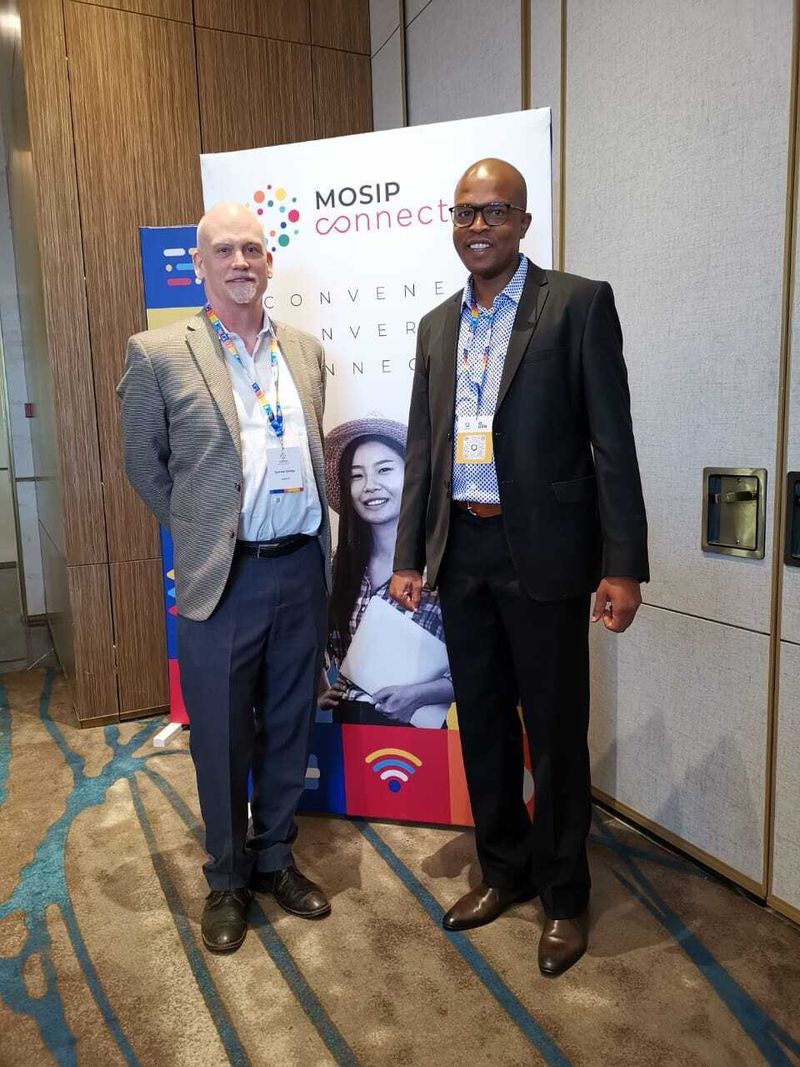The Mifos Initiative was accepted as a Financial Services Grantee in Jan 2024 to research how ILP can be part of Digital Public Infrastructure (DPI) and contribute to democratizing financial services through its open protocol suite for sending payments across different ledgers.
What is DPI....
The UNDP Playbook for DPI defines a DPI as:
“DPI refers to a set of shared digital systems which are secure and interoperable, built on open standard and specifications to deliver and provide equitable access to public and/or private services at societal scale and are governed by enabling rules to drive development, inclusion, innovation, trust, competition and respect human rights and fundamental freedoms.”.
A key piece of DPIs is to enable low cost, generalized payments that can serve not only government, but all sectors of the economy. This is where we see the potential for ILP to be a part of DPI.
Our project is focussed in 2 phases:
Interviews and Research.
Design of potential POCs for integrations of ILP in DPI.
So where are we at?
Jan and Feb have been focussed on the first of these phases. Firstly, we had to ensure we have a deeper understanding of ILP before talking to interviewees. The support we have had from the ILP community has been great in this. We soon discovered that the view of ILP we had from documentation such as the website was giving us only a partial understanding. This was especially true around how ILP and Rafiki work together. Adrian Hope-Bailie was very generous in his time, taking James Dailey, our research/interview lead from BaaSFlow through how these work and some of his experiences and the lessons that have been learnt in the ILP journey so far. From this we were able to understand much better the role ILP could play when we explored ideas with our Interviewees, most of whom had limited exposure to ILP.
We also held a webinar for our technical architects and designers who will be leading our technical design phase. They have worked with payment systems for many years but have had no exposure to ILP to get them up to speed on ILP and start their thought processes. In this webinar we looked not only at ILP at a more technical detail with support from Adrian. But also DPI, and experience from a previous ILP grantee Nyi Nyein Aye, Thitsaworks. This has kickstarted the creative juices in our Design team who are starting to think about how integration could occur.
We have also been conducting interviews across the community. To date we have concluded 12 interviews with more planned before the end of March.
James and Godfrey who have been conducting interviews also took the opportunity to chat face-to-face with some key stakeholders at the MOSIP Connect event in Ethiopia about ILP especially to ensure we understand the DPI country-level adoption perspective. Godfrey will also be taking the opportunity to connect with more stakeholders during the forthcoming Mojaloop Convening in Kenya at the end of March.
Why interviews were important to us...
We see the interviews as important to the success of this project as for adoption to occur not only do the solutions proposed need to address problems that exist; or shift the cost of solutions. But they also need to win the hearts and minds of the payment’s community and adopters.
Our interviewees are focused on the key areas of adopters/stakeholders, payments experts, DPI/DPG experts and ILP experts. Within these we are looking at not only what some integrations could be, but also what barriers exist and how could we address these.
These are the aspects we consider in interviews:
Any early insights...
Well, I guess the key one is just how polarised we have found knowledge of ILP to be. Either you know about ILP, or you don’t. I guess in some way that is similar to how DPI was a few years ago before increased focus was put on promoting understanding within countries and through initiatives such as the 50 in 5 campaign which is focused on widespread adoption.
What does this mean, well it means that alongside the more technical aspects of design there needs to be an initiative to grow the knowledge of ILP and why it matters into these technical and adopter communities for DPI.
What next...
We aim to conclude our interviews by the end of March as this will inform the selection of the concepts we want to design to be potential POCs of ILP integration with DPIs. We also expect that alongside designs we will be making a number of recommendations around how ILP can increase its visibility in the DPI community beyond the work we have done in the interviews stage of this project.
We will be providing updates to this community as we go through this project and we will definitely be reaching out to get support when we need. A huge thanks to those who have helped us so far. If you want to find out more about what we are doing, please don’t hesitate to reach out to us dpi@mifos.org.
Thanks!




Top comments (1)
Fantastic update @dhiggins appreciate the share-out. I am especially interested in the polarizing aspect of knowledge of ILP and the ways you have seen work to build awareness.